“There is no greater mystery than this: being Reality ourselves, we seek to gain Reality.” ~ Ramana Maharshi
In Part 1 of this series, we closed with the question : What was the secret promise held by the East that the West craved so deeply … ? … so… in this Part 2 …
Let’s start with the genesis of the American spiritual revolution, particularly the aspect that began with the Great American pilgrimage to India starting in the mid 20th century.
For many of these Western pilgrims, the first stop was India. Exotic and apparently non-dual, India’s popularity grew primarily from the influence of Hinduism (and Buddhism) but also somewhat indirectly through Jainism, a sect predominant in Northern India around 6th century BC – and not very well known in the West.
Jainism’s key reformer is Mahavira (meaning “Great Victor”). He is also credited as being the founder because his “legacy and input overshadowed” prior Jainism authorities (he was the last of 24 “Teaching Gods” in Jainism). His actual name was Vardhamana and during his spiritual journey he became the leader of a sect of wandering ascetics – also known as Shramanas or Sramanas (note that Jainism’s focus is non violence and asceticism). In Buddhist literature, Vardhamana is often referred to as Nirgantha Jnatiputra. Nirgantha is translated from Sanskrit as “free from all ties.”
In some ways, the American “pilgrims of the sixties and seventies” who went to India, seemed to have some commonality with Vardhamana. Having been raised in a life of relative luxury, Vardhamana became interested in spiritual matters, as he became dissatisfied with the contemporary society that surrounded him: increasing inequalities between rich and poor, warfare and social struggle. At around the age of thirty, he abandoned his privilege and wandered around Northern India as an ascetic, pursuing spiritual values. Like many of the contemporary Americans who came to India, Vardhamana rejected the authority of old religious doctrines, replacing it with direct experience. He discovered that, beyond animals, human beings and even “Gods,” everything was alive … i.e., all matter, was “living intelligence.”
Hinduism does not have a founder (it is considered to be a synthesis of various Indian cultures and traditions) but Jainism’s key reformer/”founder” – Vardhamana – and Gautama Buddha (the founder of Buddhism) had some similarities in their spiritual journeys, i.e., growing up in affluence, getting disillusioned with it then seeking (and “finding”) answers to the “larger mystery” … and ultimately realizing their true nature.
In spite of the similarities between Vardhamana and the 20th century Western “seeker/wanderer,” it was the Hindu Gurus that captured the Americans’ imagination.
Ramana Maharshi, Nisargadatta, Sri Aurobindo, Anandamayi Ma, Atmananda Krishna Menon, Jiddu Krishnamurti, Meher Baba, Osho, Muktananda, Maharishi Mahesh Yogi, Paramahansa Yogananda, Sathya Sai Baba, Neem Karoli Baba, were just a few.
Regardless of the level, or depth, of their spiritual exploration, these American pilgrims, like any earnest spiritual seeker, had become the living embodiment of what Thich Nhat Hanh has aptly said: “Our own lives are the instruments with which we experiment with truth.” …
And, this draw included all strata of American society : the common folks … and the icons of the American culture : from entertainment (music & film & TV) celebrities to politicians to academics to business leaders and more …
The East had certainly caught America’s eye!
But … what might have led to such a pervasive fascination?
Perhaps the Beatles’ 1968 visit to Rishikesh, India, followed by the release of their album, Sgt. Pepper’s Lonely Heart Club Band, followed by a cavalcade of celebrities that ignited the Western enthusiasm about Indian spirituality.
Or perhaps, when celebrities took interest, so did the broader population – which is quite typical in any culture …
Let’s take a peek at just a partial list of Western Culture’s icons that flocked to India and the teachers they were drawn to:
Julia Roberts, Steven Jobs, Dr Richard Alpert (later known as Ram Dass), Mark Zuckerberg all were touched by Neem Karoli Baba.
Peter Townsend of the Who, Douglas Fairbanks, Cecil B DeMille, Cary Grant, Paul Brunton all were inspired by Meher Baba.
Governor Jerry Brown, Indira Gandhi, John Denver, Isabella Rossellini, Diana Ross, James Taylor sought out or praised Muktananda.
Isaac Tigrett, co-founder of the Hard Rock Cafe’, many Bollywood celebrities and various politicians were enamored with Sai Baba.
Madonna, Tom Cruise, Deepak Chopra, Federico Fellini, James Coburn, Sting, Cat Stevens, Arianna Huffington, and even the Dalai lama praised Osho.
Jon Voight, Dennis Weaver, Ravi Shankar, George Harrison, Mariel Hemingway were followers of Paramahansa Yogananda.
Aaron Spelling, Adam Sandler, Al Pacino, Albert brooks, Alec Guinness, Alfred Hitchcock, Alicia Keyes, Alicia Silverstone, Andy Kaufman, Angelina Jolie, Anthony Hopkins, Ashton Kutcher, David Lynch, Beyoncé Knowles, Bill Murray, Bill Maher and an endless parade of others were influenced by Maharishi Mahesh Yogi and his Transcendental Mediation.
Somerset Maugham wrote of Ramana Maharshi in his famous book “The Razor’s Edge.” Swami Abhishiktananda, formerly known as the French Benedictine monk, Henri Le Saux, ended up living for months in the caves above the ashram.
The great American mystic, Robert Adams, spent 3 years in the caves above the ashram, studying “under Ramana’s grace and light.” Many luminaries visited the ashram to visit Ramana Maharshi: Swami Chinmayananda, Muktananda, Papaji, to name just a few.
Here is an inspiring collection of reminiscences documented by some who met Ramana Maharshi.
These Hindu gurus/teachers came from different spiritual backgrounds or lineages so collectively they represented a broad range : from general vedic to specific aspects of vedanta (e.g., advaita-vedanta (or nonduality), yoga, kashmir shaivism, buddhism, and more … For example, Muktananda was deeply influenced by Kashmir Shaivism.
“Kashmir Shaivism is a group of non-dualist Tantric Shaiva traditions from Kashmir that originated in the second half of the first millennium (wikipedia).” This tradition is also referred to as the Pratyabhijna (Recognition) system of Abhinavagupta.
There are several “schools or branches” of Kashmir Shaivism including the Pratyabhijna, Kula, Krama and Spanda. These are not necessarily distinct “schools” but each influenced the others. Abhinavagupta compiled (as verses) all of these “branches” into a single, extensive (~5900 verses), treatise under the banner of Trika Shaivism. This work became his magnum opus known as Tantraloka. He also created a shorter prose version, named Tantrasara.
Here’s Chris Hebard’s fascinating interview with Robert Rabbin (Muktananda’s personal assistant) during his treatment for stage 4 cancer.
Teachers (e.g., Abhinavagupta and Muktananda) or traditions (e.g., Kashmir Shaivism) not in our current Teachers or Traditions library will be added in the future.
Of course, the journey of Westerners did not end in India.
The Great American odyssey continued north into Tibet and Nepal, where more great treasures on non-duality were revealed – to be explored in the next part in this series … and we invite your participation.
Does the above match with your perspective about this pilgrimage? … and what is/was your personal story about such a journey?
“The river of truth is always splitting up into arms that reunite …” ~ Cyril Connolly
To access all parts of this entire series, please click on the link below
Exploring Eastern Wisdom’s Relevance for the West: a 9-part series.
Quotes:
Opening quote by Ramana Maharshi
2nd Quote (in post body) by Thich Nhat Hanh, Wisdom for the Soul: Five Millennia of Prescriptions for Spiritual Healing, edited by Larry Chang
3rd Quote (in post body) by Cyril Connolly.
Images:
Collage of 1) Trimurti (collage background) Elephanta Caves, by Christian Haugen, CC BY 2.0, and the symbols: 2) Om, Public Domain, 3) Dharma Wheel (Buddhism), CC BY-SA 3.0, and 4) Ahimsa (for Jainism), Public Domain
Mahavira,Public Domain, US Public Domain tag
All of these teacher images (in this blockquote) are licensed and usable images – actual attribution details will be added shortly : Ramana Maharshi, Nisargadatta, Sri Aurobindo, Anandamayi Ma, Atmananda Krishna Menon, Jiddu Krishnamurti, Meher Baba, Osho, Muktananda, Maharishi Mahesh Yogi, Paramahansa Yogananda, Sathya Sai Baba
A Hindu monk is walking in a mango garden Dinajpur, Bangladesh, by Jubair1985, CC BY-SA 4.0
Beatles (John Lennon, Paul McCartney, Ringo Star, George Harrison), permission (Library of Congress note: “No copyright found; checked by staff December 2000.”)
Julia Roberts,CC BY-SA 3.0, and Steve Jobs,CC BY 2.0, and Mark Zuckerberg,CC BY 2.0
Peter Townsend,CC BY-SA 2.0, and Douglas Fairbanks,CC BY-SA 3.0, and Cary Grant,CC BY-SA 3.0
Governor Jerry Brown,CC BY-SA 3.0, and Isabella Rossellini, CC BY-SA 3.0, and Diana Ross, CC BY-SA 3.0
Tom Cruise,CC BY 2.0, and Deepak Chopra,CC BY 2.0, and Arianna Huffington,CC BY-SA 3.0
Jon Voight, CC BY-SA 3.0, and Ravi Shankar, CC BY-SA 2.0, and Mariel Hemingway,CC BY 2.0
Al Pacino,CC BY-SA 2.0, and Alfred Hitchcock, public domain, and Angelina Jolie,CC BY-SA 2.0
Bill Maher,CC BY-SA 3.0, and Somerset Maugham, per Library of Congfress, no known copyright restrictions, and Swami Abhishiktananda (formerly the French Benedictine monk, Henri Le Saux),CC BY-SA 3.0
Robert Adams, and Swami Chinmayananda, and Papaji (all three are licensed and usable images – actual attribution details will be added shortly)
All images have been edited to include Stillness Speaks logo.
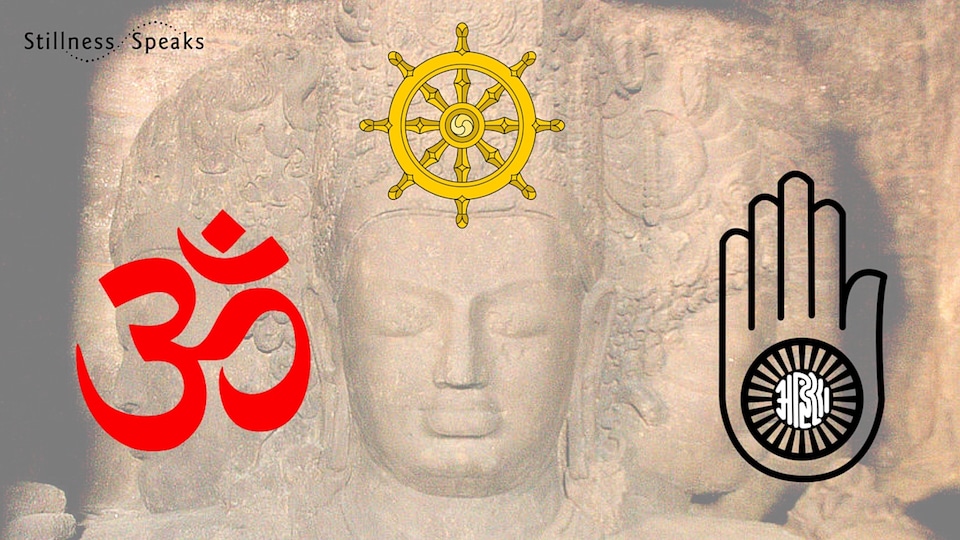
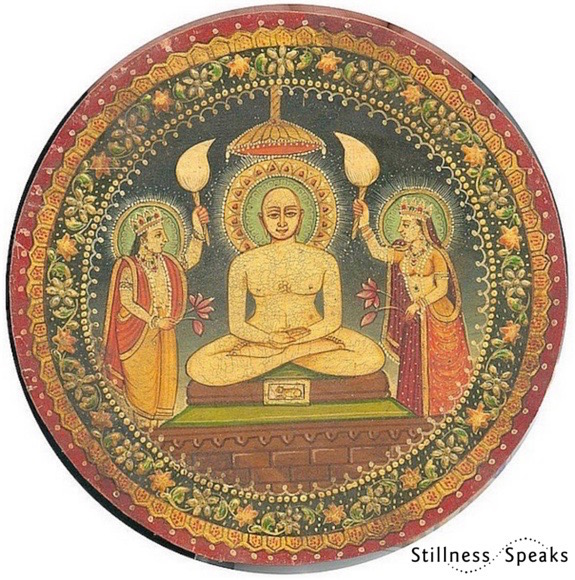
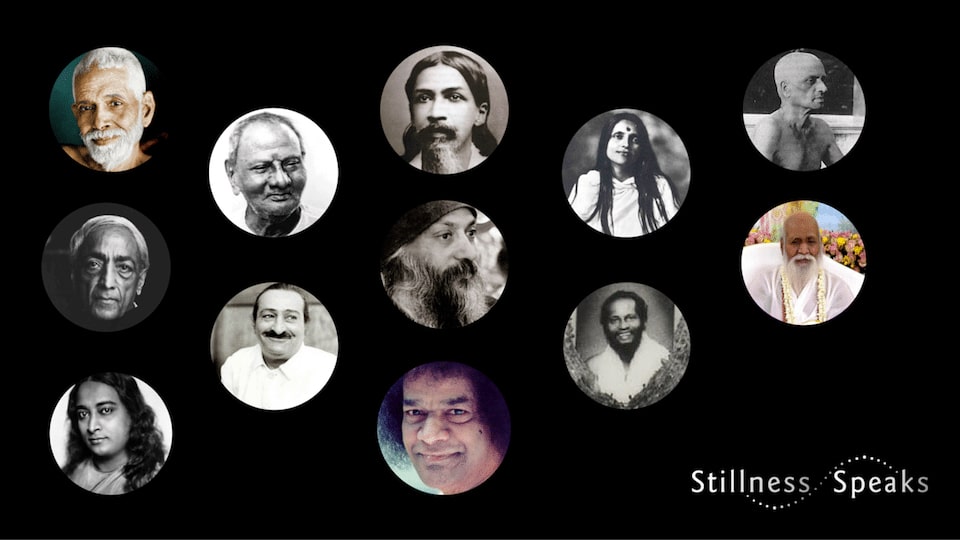
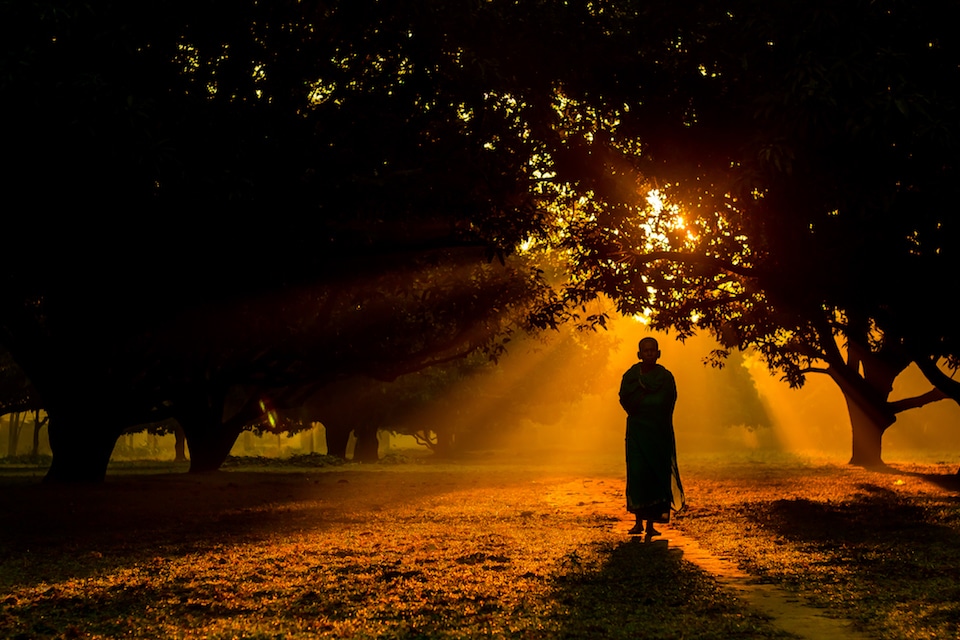









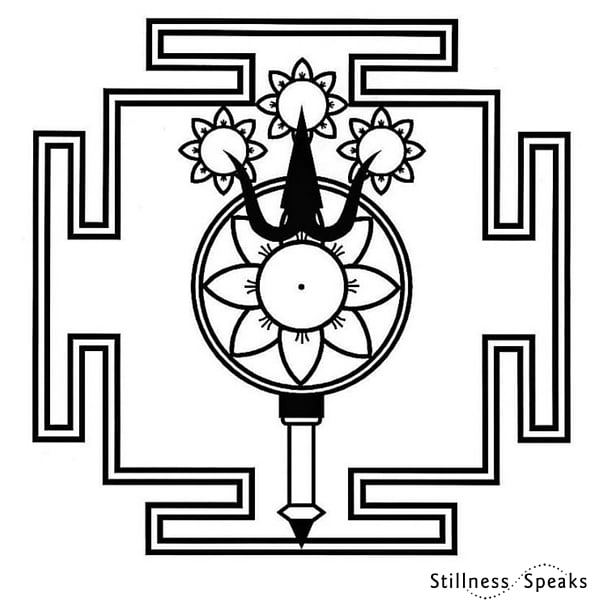
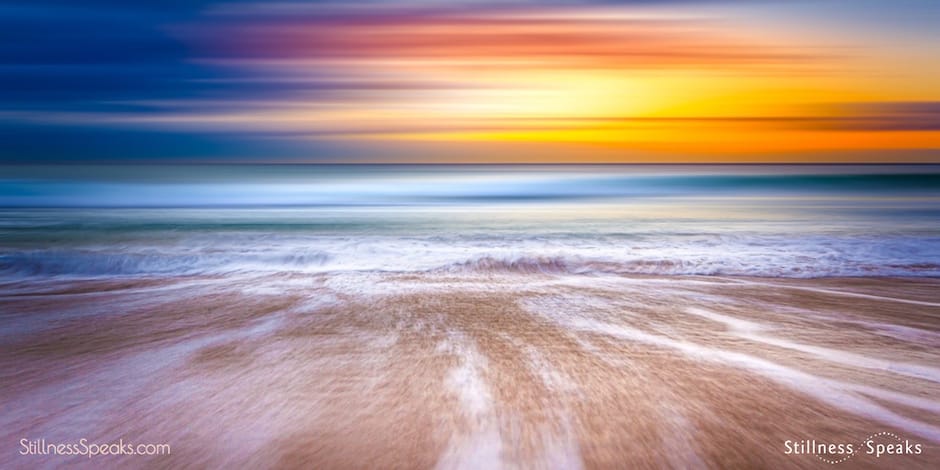
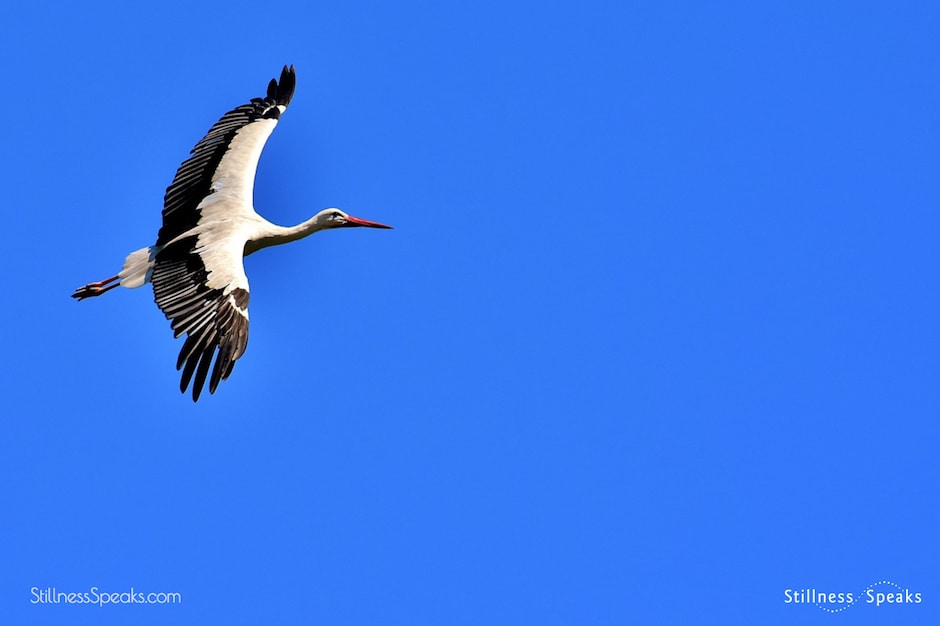
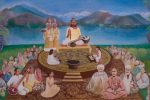
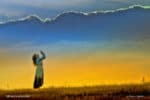

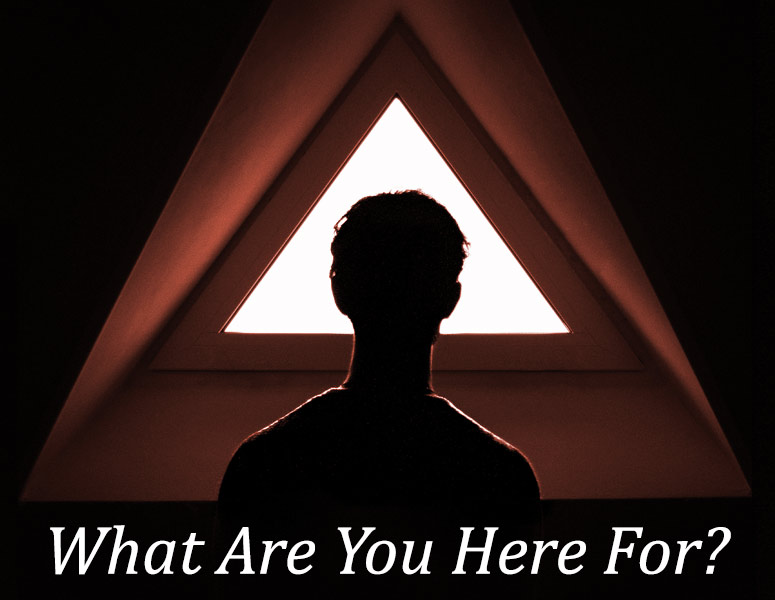
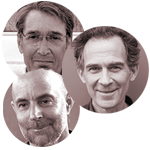
Somehow Ramana & Nisargadatta inspired me to discover Papaji in the Advaita tradition .
Papaji has had a huge influence on some of today’s many living Western Sages… Mooji & Gangaji
UG Krishnamurti (the anti guru sage)claimed Ramanas influence will affect Western consciousness and from what I see this is still unfolding and it’s well beyond any understanding
Ramana is the “one who resides in the hearts of all beings” … Ramana’s impact is timeless and beyond culture or national boundaries … as is evident with the unfolding of teachers like Mooji and Gangaji and so many more.
Thanks for dropping by, Netti baba.
thank you reminding me the most important priority which is the exploration of Stillness and awareness of itself by itself! I have been practicing TM regularly for 44 years and this newsletter is wonderful support for The Experience itself.
Actually Ravi Shankar and George Harrison were very familiar with Sathya Sai Baba in fact there is film of them with him a number of times, Ravi used to play for SSB also at festivals and has received materialisation gifts on film.
Indeed, Anthony you are right. Here’s a video we found: https://www.youtube.com/watch?v=9Jbzt_eI31o
Thanks for your comment.